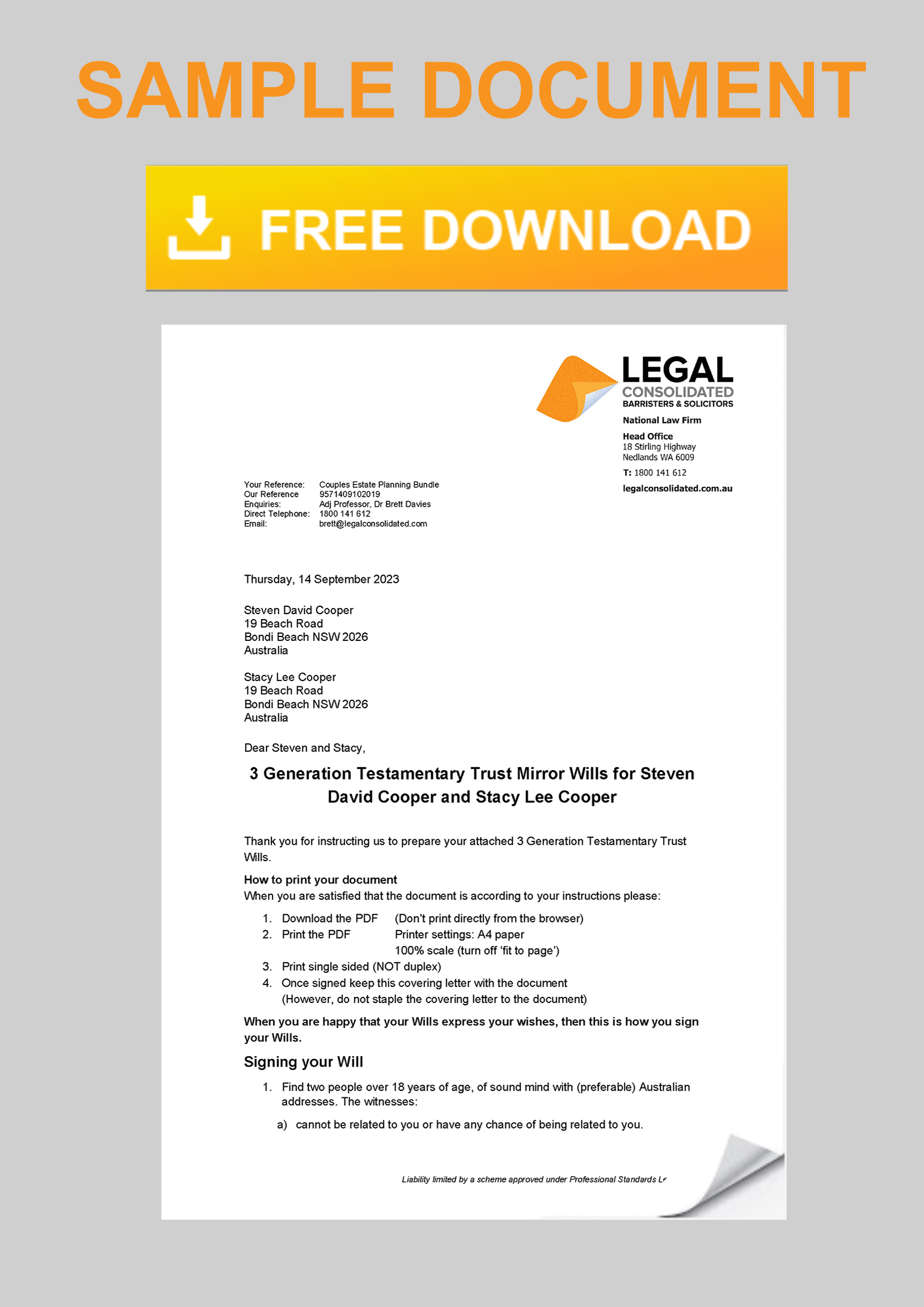Absenteeism policy
This policy provides information for employees for absenteeism, for whatever reason.
The policy sets out how you manage situations where an employee is absent from the workplace.
This policy is suitable for use in any business with persons who are:
- permanent employees (including full time and part-time);
- fixed-term employees;
- casual employees; and
- temporary agency staff and contractors.
This policy may be used in conjunction with other policies, such as “Termination of employment policy” and “Annual leave policy”.
What is an absenteeism policy?
Some employees take an excessive amount of leave each year. Absenteeism occurs when an employee continuously takes more than their allowed paid personal leave.
Absenteeism is not only bad for productivity but can also affect office morale, company finances and lower the quality of goods and services provided.
In a recent Forbes study (‘According to Absenteeism: The Bottom-Line Killer’) unscheduled absenteeism costs roughly $3,600 per year for each hourly worker and $2,650 each year for salaried employees.
An absenteeism policy will stipulate the procedure an employee must follow when requesting and using their personal leave days. Such procedures can include notifying your manager or acquiring a medical certificate.
The case of Sibert v Tiwi Islands Shire Council [2013] FCCA 745, for example, the Court found that Mr Sibert, in breaching his absenteeism policy, was able to be dismissed.
Mr Sibert, who worked as a farm manager, was dismissed due to continual unauthorised absences from work. He challenged this decision, but the Court upheld the original termination.
Mr Sibert applied for both paid and unpaid leave throughout his employment and would leave work, even if the leave was not approved. He even booked flights for an overseas trip before getting a doctor’s medical certificate to claim sick-leave.
In a 12-month period, Mr Sibert was absent for over 3 months.
The Court ruled it was fair for his employer to dismiss Mr Sibert, as he had breached his absenteeism policy titled “employment leave”.
At Legal Consolidated, an absenteeism policy will stop employers slacking-off for 3 months of the year. Without a policy, employers may be vulnerable to such situations, and employees may abuse the system to their own advantage. Workplace Policies create security for employers in cases such as the one outlined.
Absenteeism policy advantage for the employer:
An absenteeism policy will also set up the procedures an employer can undertake when dealing with a frequently absent worker.
In the case of Alexis King v D.C Lee & L.J Lyons [2016] FWC 1664, for example, Ms Alexis King was awarded $11,064.28 in damages for being unfairly dismissed. This was the case, even though she had repeated unexplained absences from work.
The Commission found that, although Lee and Lyons had a valid reason for dismissing King, she was not notified properly, and did not have an opportunity to respond. The employer did not correctly dismiss Miss King, and as a result she was awarded damages.
If Lee and Lyons had followed their Workplace Policy correctly, this issue would not have arisen. At Legal Consolidated, the obligations and steps for employers are clearly illustrated, leaving them less vulnerable to situations such as this one.
How important are Workplace Policies in Australia?
Never before have employees had so many opportunities to attack employers. Workplace Policies reinforce and clarify the standards expected of employees. They help employers manage and guide staff more effectively. Workplace Policies define what is acceptable and unacceptable in business.
Workplace Policies benefit the employer
Legally prepared Workplace Policies help businesses in many ways. Policies demonstrate that the organisation is operated in an efficient and businesslike manner, raise stability and ensure consistency in the decision-making and operational procedures.
Workplace Policies assist employers to defend themselves in an unfair dismissal claim, Occupation Health and Safety (OHS) prosecution and liability claims.
Work Policies vs Employment Contracts
Policies should form part of each employee’s employment contract.
Check your current Employment Contracts.
- The Employment Contract must expressly state that the employee is subject to the policies, as amended from time to time.
- The Employment Contract should expressly state that your business can change the Workplace Policies, from time to time.
- When the Employment Contract is drafted correctly you are bound by the Workplace Policies.
You cannot automatically direct an employee to obey policies. Instead, incorporate them into the Employment Contract. For example, in BHP Iron Ore Pty Ltd v Australian Workers’ Union (2000) 102 FCR 97, the Court held that a memo is not enough to bind the employee to the policies. It is only possible to bind an employee to policies by express reference in the Employment Contract.
If you are unsure you can build Employment Contracts which adopt these Workplace Policies here: Contract of Employment Page.
Why these Policies are important
A policy is a statement which underpins how human resource management issues are dealt with at your business. It communicates your values and expectations of employee behaviours and performance.
Workplace Policies reinforce and clarify standard operating procedures. They help you manage staff more effectively by clearly defining acceptable and unacceptable behaviour in the workplace and set out the implications of not complying with those policies.
For help building these policies Start Building, read the hints and watch the training videos.





